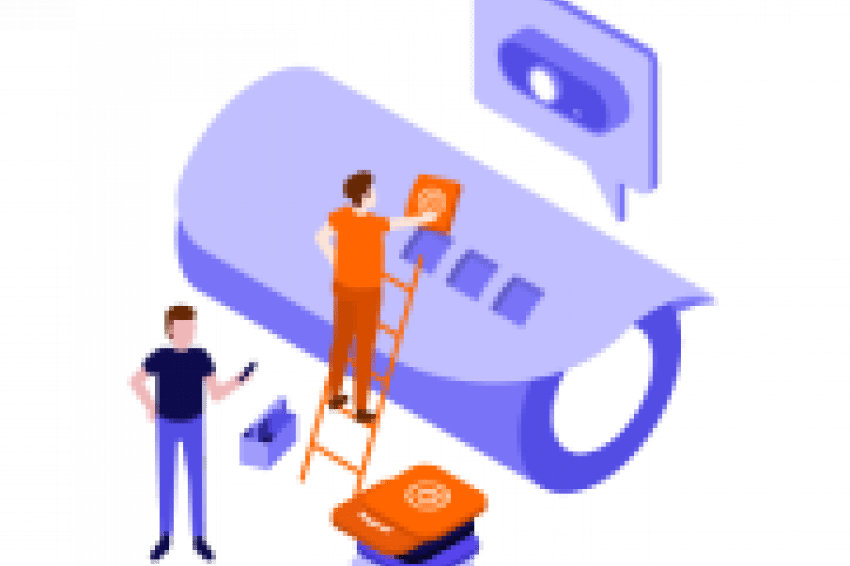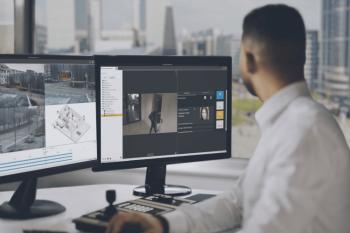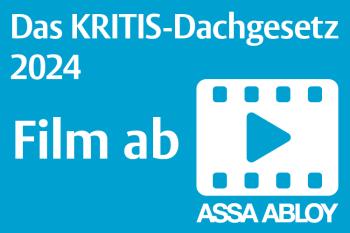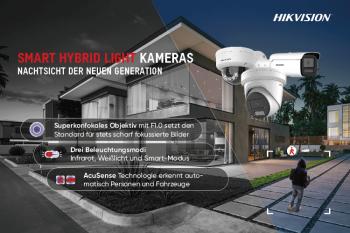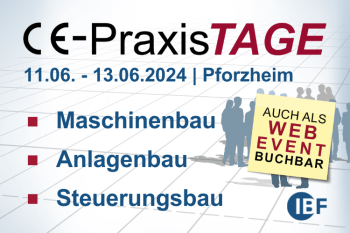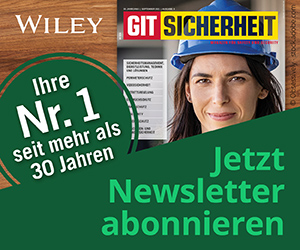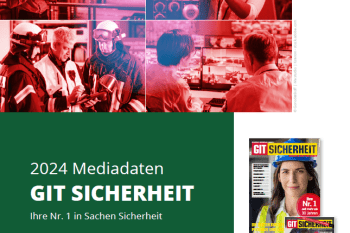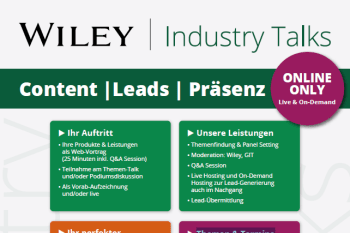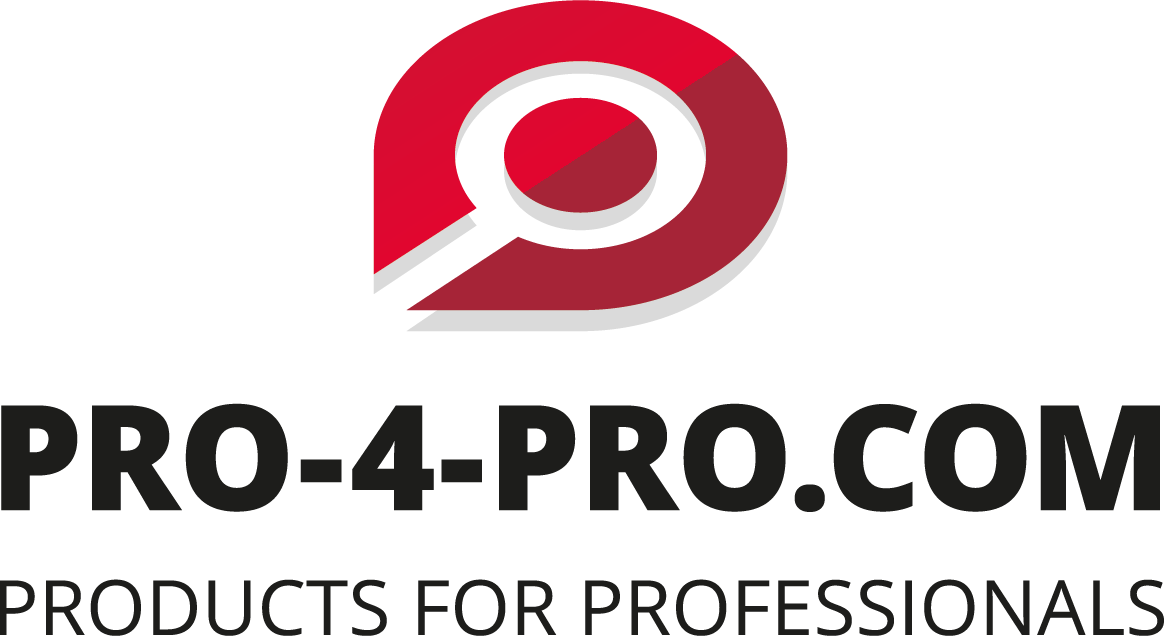Top Security Trends in Image Processing Technology
08.05.2020 -
The IoT trend has had a great influence in the area of safety and security, which is about more and more devices being smart and connected to the internet, collecting and transmitting an ever-increasing amount of data from a growing number of sensors. Cameras in particular are playing an increasingly important role due to extensive capabilities in processing visual data. Security and Safety Things gives an insight on what some of the most important developments in safety and security are, and how they will impact visual application markets in the future.
5G to advance the processing of camera content
In the long term, 5G networks will become an important success factor for IoT and video processing. Whether in the automotive sector, medicine or smart cities - 5G is becoming the basis for successful value-added services everywhere. Especially when it comes to camera images that quickly reach a large volume of data in high-resolution quality, there is no alternative to 5G. Not only are the high data transmission speeds important, but 5G’s low latency and consistent and interruption-free connections, which are secure against hacker attacks, are particularly relevant in case of emergencies where reliable information and a swift response are of the essence. Security and Safety Things expects a large number of value-added services in the coming years that will be based on a reliable 5G network, for example in smart cities in areas such as parking management or traffic analysis.
AI and machine learning in all sectors
AI and machine learning are among the important topics that will dominate all fields of technology in the future. Regardless of where evaluation and data processing take place, especially in the area of recognition and image data, AI in cameras will be able to make determinations about characteristics and other descriptive elements, in comparison to other people. This will be in addition to its ability to compare an individual to others already known to the system. Going beyond the ability to interpret safe behavior, a machine-learning routine can gradually accumulate a wealth of experience and data. In retail, when it comes to researching customer preferences and behaviors, as well as in the logistics and transportation sector, AI helps systems to progress further in their ability not only to recognize actions, but also assess them and draw conclusions.
Increased computing power on devices
Growing capabilities and shrinking costs in IT technology have made it no longer necessary to upload all of the video data recorded by an IP camera - compressed or uncompressed - to an on-premise video recording system, video storage or cloud-based system. This has become possible with edge computing, that is to say decentralized data processing at the edge of the network on the devices. As a result, numerous calculations and recognition steps are carried out in the camera itself and by cooperating sensors. The resulting metadata is then transferred to the cloud and merged with the data from other cameras and other sensors using the much higher computing performance available there.
An example: A smart camera recognizes a person carrying a gun. Because of the analytics capability on the camera at the edge of the network, only the images of this specific situation will be uploaded and evaluated to trigger a response. Without this computing power on the edge, a constant data heavy stream of video would need to be uploaded to and processed on the server side.
Innovation from B2B and B2C
In the digital camera market, there is a convergence between B2B and B2C devices and the related technology. On one hand, the smart home sector is seeing more powerful cameras coming from manufacturers directly aimed at the consumer market. Featuring powerful components that have become cheaper in recent years, these are now even suitable for demanding applications, that were previously available for professional equipment only. Meanwhile, the companies producing these professional devices for the security and safety sector are also producing more cost effective cameras, thus expanding their portfolio in the direction of residential IoT. The cameras are not only suitable for recording image content, but often also include, for example, sensors for motion detection or night-view sensors.
IT security and the success of IoT
IoT devices will increasingly become a target for hackers over the next few years, as both their computing power as well as the intelligence they collect and transmit are valuable assets in cybercrime and espionage. Smart connected devices also serve as potential access points to other more sensitive parts of the network. On the other hand, interrupting the functionality of IP-based cameras can open loopholes in physical security.
Reliable security technologies, especially in the camera sector, will determine how strong and sustainable the trust of users will be in IoT and image processing applications. Programmers and integrators of IoT apps should be clear about priorities and security guidelines as part of their security measures. In contrast to earlier years, where malware and Trojans were used to attack security infrastructure, in the future, individual camera types will be targeted, and in some case even individual devices will be attacked. Unsecured IoT devices can present serious security vulnerabilities, especially for industrial facilities, but also for the infrastructure of an airport or public building.
Security and Safety Things concludes that there is a market which opens up immense opportunities: The development of cameras can be compared to that of mobile phones – probably the most commonplace IoT devices. New mobile applications and use cases beyond calling and texting emerged as mobile phones became increasingly smart and connected. Once Google and Apple launched their platforms, innovation exploded, allowing any developer to provide added functionality through their application stores.
On the camera side, the processing of visual data can create enormous added value for security applications in the retail, smart cities and public spaces industries. The required processing power and connectivity is already there. Shared standards and open platforms will take this to the next level, empowering a worldwide community of developers to invent and publish applications lifting smart cameras to their full potential.
Kontakt
Security & Safety Things GmbH
Sendlinger Straße 7
80331 Munich
Deutschland
+49 89 6290 2929

